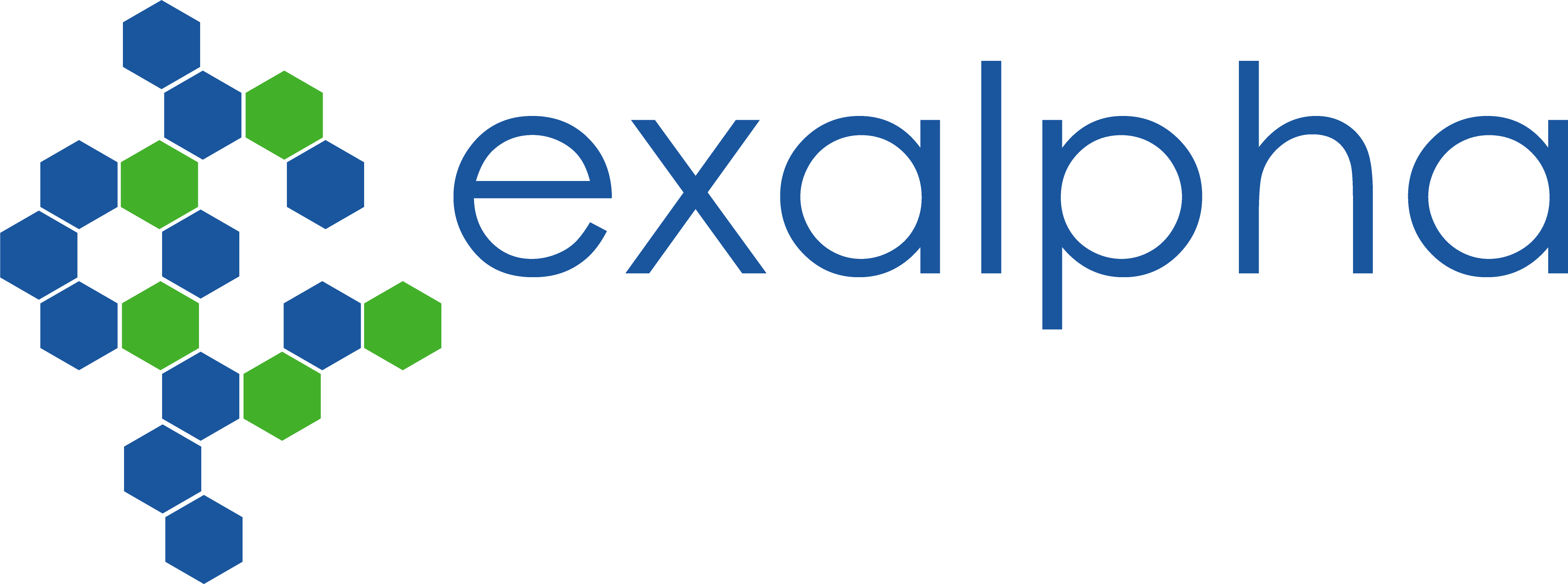order histories, retained contact details for faster checkout, review submissions, and special promotions.
Forgot password?
order histories, retained contact details for faster checkout, review submissions, and special promotions.
Locations
Orders Processing,
Shipping & Receiving,
Warehouse
2 Shaker Rd Suites
B001/B101
Shirley, MA 01464
Production Lab
Floor 6, Suite 620
20700 44th Avenue W
Lynnwood, WA 98036
Telephone Numbers
Tel: +1 (206) 374-1102
Fax: +1 (206) 577-4565
Contact Us
Additional Contact Details
order histories, retained contact details for faster checkout, review submissions, and special promotions.
Forgot password?
order histories, retained contact details for faster checkout, review submissions, and special promotions.
TRPC7
transient receptor potential cation channel, subfamily C, member 7
Thought to form a receptor-activated non-selective calcium permeant cation channel. Probably is operated by a phosphatidylinositol second messenger system activated by receptor tyrosine kinases or G-protein coupled receptors. Activated by diacylglycerol (DAG) By similarity. May also be activated by intracellular calcium store depletion.
| Gene Name: | transient receptor potential cation channel, subfamily C, member 7 |
| Family/Subfamily: | Ion Channel , Calcium channel - TRP |
| Synonyms: | TRPC7, KNP3, Trrp8, Transient receptor protein 7, TRP-7, TRP7, HTRP7 |
| Target Sequences: | NM_020389 NP_065122.1 Q9HCX4 |
Publications (1)
Your search did not match any products.
If you do not find the reagent or information you require, please contact Customer.Support@LSBio.com to inquire about additional products in development.









